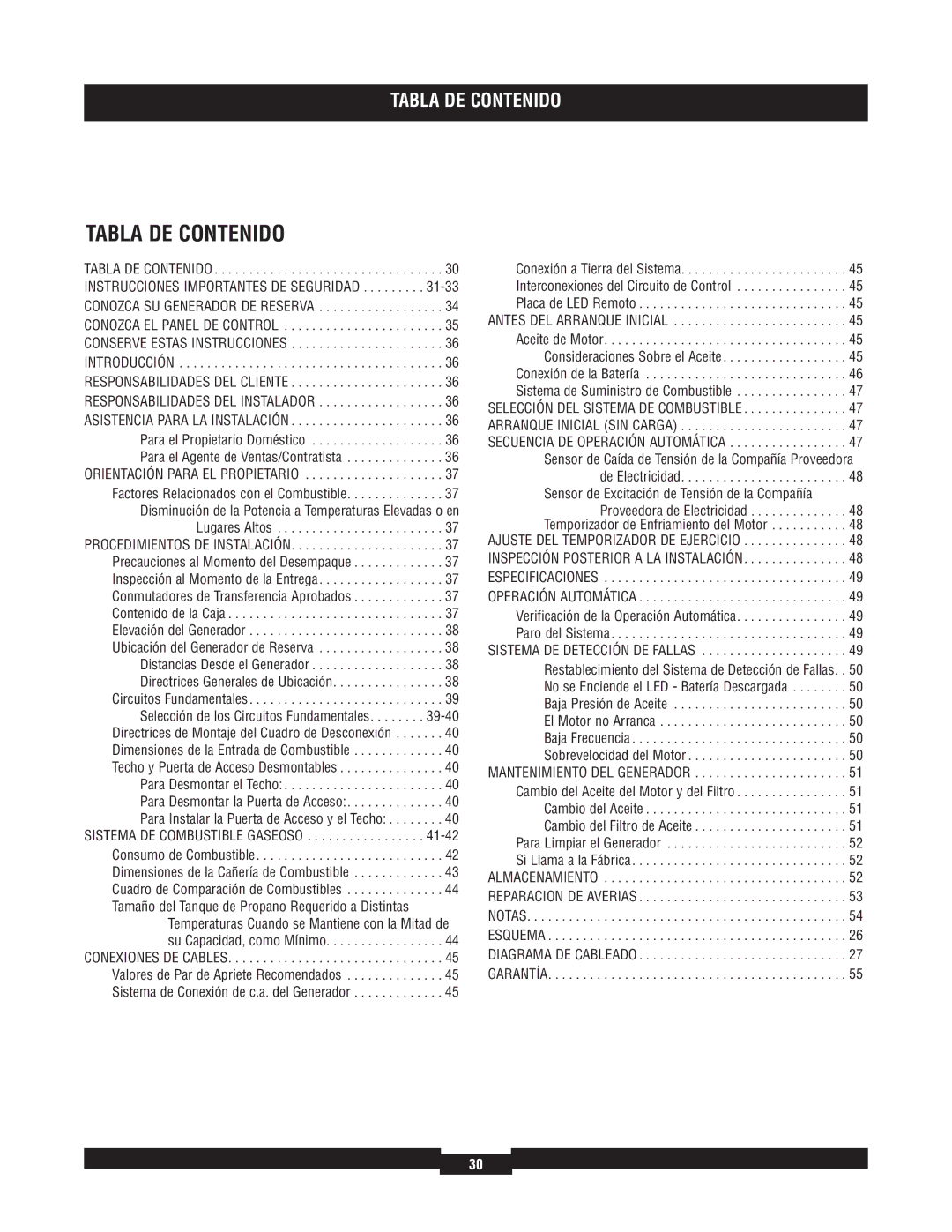040220A specifications
Briggs & Stratton is renowned for its high-performance engines, and the Briggs & Stratton 040220A is no exception. This powerful engine is designed to deliver reliable performance for a variety of outdoor applications, including lawn mowers, garden tractors, and other small machinery. One of the standout features of the 040220A is its sturdy construction. It is built with high-quality materials, ensuring durability and longevity, even under demanding conditions.The 040220A is equipped with an overhead valve (OHV) design, which enhances engine efficiency and provides better fuel economy. This technology allows for improved airflow and better combustion, resulting in increased power output while reducing emissions. With its advanced engineering, the engine is capable of delivering consistent performance across a range of applications, making it a versatile choice for both residential and commercial users.
Another important characteristic of the 040220A is its easy starting system. Designed for user convenience, this engine features a user-friendly recoil start mechanism that ensures reliable ignition with minimal effort. This is particularly beneficial for users who value time efficiency and want to avoid the hassle of complicated starting procedures.
The 040220A also boasts impressive torque and horsepower ratings, which contribute to its ability to handle tough tasks with ease. This engine is designed to provide ample power for heavy-duty cutting, mulching, and other demanding applications, ensuring that users can complete their work efficiently.
In addition to its power and performance, the Briggs & Stratton 040220A is also designed with user maintenance in mind. It features easy-access oil fill and drain ports, making routine maintenance tasks straightforward. This attention to user convenience helps ensure that owners can keep their engines in optimal working condition with minimal effort.
Overall, the Briggs & Stratton 040220A stands out as a reliable and powerful engine that incorporates advanced technologies and features aimed at enhancing performance and ease of use. Its robust design, efficient operation, and commitment to user convenience make it an excellent choice for anyone in need of a dependable engine for their outdoor power equipment. Whether you're a DIY enthusiast or a professional landscaper, the 040220A is engineered to meet your needs with proven performance and reliability.

